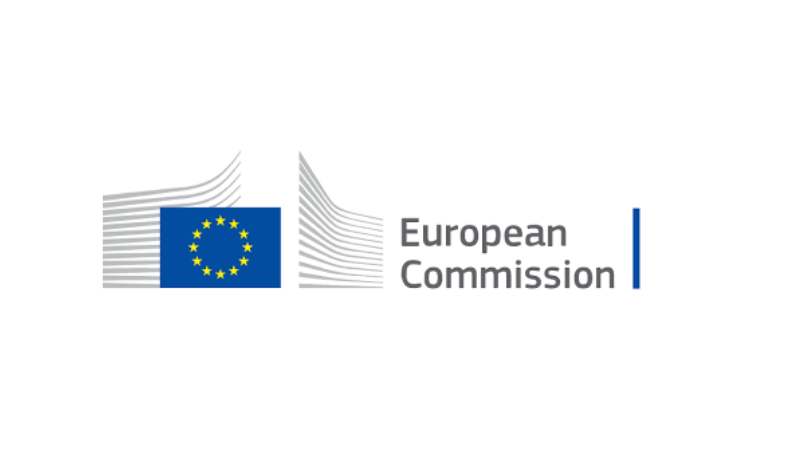Last week's fire at the Zaporizhzhia nuclear plant fire came at an inopportune time for recent changes to the European Union’s (EU) taxonomy which is set to consider nuclear as an ESG investment.
Around 300 miles from the infamous Chernobyl site, a fire broke out in the early hours of Friday morning at the Zaporizhzhia plant following a Russian artillery attack, Ukrainian authorities said.
An employee at the plant posted a telegram stating there was “a real threat of nuclear danger” at Europe’s largest nuclear plant which is responsible for a fifth of the country’s electricity.
Fortunately, the Ukrainian State Emergency Service reported radiation was “within normal limits” a few hours after, with all but one of the plant’s six units being disconnected.
The immediate reaction in finance saw Asian equity indices tumble while the price of Brent Crude shot up more than 3.1% to $113.9.
Taking a broader view, the chorus questioning the inclusion of nuclear energy within the Complementary Climate Delegated Act of the EU taxonomy will feel their concerns have been somewhat validated.
With many seeing the use of transitional fuels such as nuclear energy and natural gas as the only way for Europe to achieve its emissions reduction commitments, the EU published draft proposals to include both energies within its taxonomy of sustainable activities at the end of last year.
This was met with stiff resistance in the shape of Austria and Luxembourg agreeing to bring a lawsuit before the European Court of Justice (ECJ).
Austria’s environment minister Leonore Gewessler added Spain shared Austria’s position on nuclear “one-to-one”, with such opposition likely only emboldened by the brief prospect of another international incident due to atomic energy.
Starting the year against the idea of nuclear being deemed a sustainable source of energy, Germany’s Green Party may now find itself in a bind – torn between its anti-nuclear stance and the need to be pragmatic about its energy dilemma, especially after putting its plans for the Nordstream two pipeline on hold.
The case for nuclear – in non-crisis moments – is also compelling. The International Energy Agency (IEA) stated nuclear and hydro power together make up around 75% of the world’s low carbon electricity, while a 2014 International Panel on Climate Change (IPCC) report found electricity generation from nuclear sources requires less land, less materials mining, produces less waste and four times less carbon than solar farms.
A 2017 paper from Morningstar and Sustainalytics, titled Nuclear Power and ESG: Can They Play Together?, also argued: “Preserving the existing nuclear fleet is the fastest way to meet US carbon emissions targets.”
Though some of the latest innovations in fourth generation nuclear power would take some power to scale, existing technology goes some way to answering the key concerns around nuclear. For instance, molten salt reactors replace water as a coolant reduces water wastage, the production of flammable hydrogen gas and the likelihood of steam explosions.
There are others that recycle their own waste as fuel to reduce the chance of mismanaging radioactive materials while others have built small, modular reactors with passive cooling.
Despite this, both sides of the nuclear debate are politically contentious, with the opposition being fear-driven and easy to convey.
This puts politicians in places such as Germany in an unenviable position. They can keep the line they have maintained over the past decade and join the legal opposition to the taxonomy. Alternatively, they can take the chance to adopt nuclear as a means to cut their reliance on Russian gas.
Related articles





